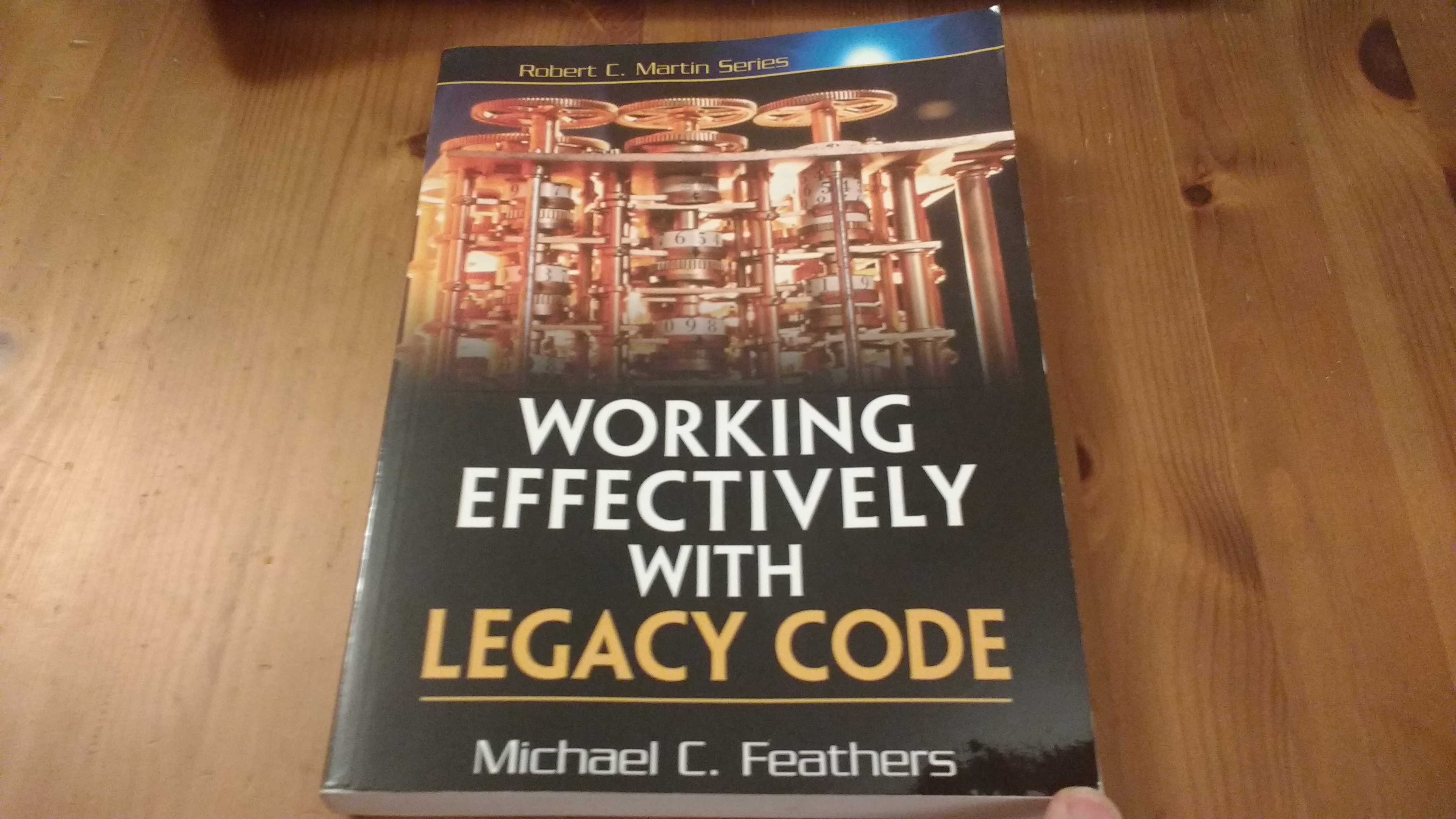I am only about a hundred pages into this book, but it had paid for itself after fifty. I wish I'd read it ten years ago. Actually, I wish I'd read it nineteen years ago when I started my first programming job, but it hadn't been written then. Techies, if you haven't read it, I strongly advise you to do so at your earliest convenience. It's about how to deal with a Catch-22 that's come up over and over again in my programming career:
Check out this book on Goodreads: https://www.goodreads.com/book/show/44919.Working_Effectively_with_Legacy_Code

- I can't safely modify, or even understand, this code, because it has no tests.
- I can't test it without modifying it.
Check out this book on Goodreads: https://www.goodreads.com/book/show/44919.Working_Effectively_with_Legacy_Code

Tags: